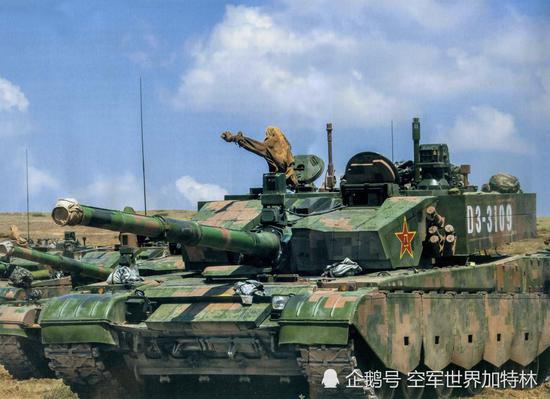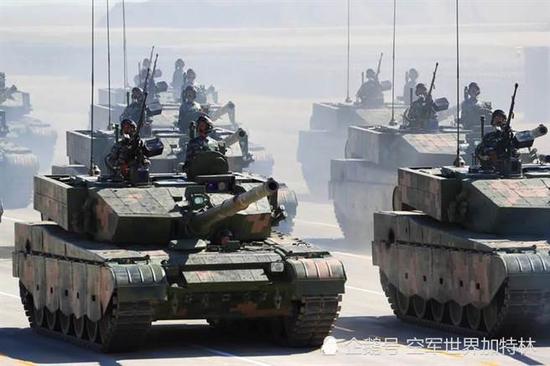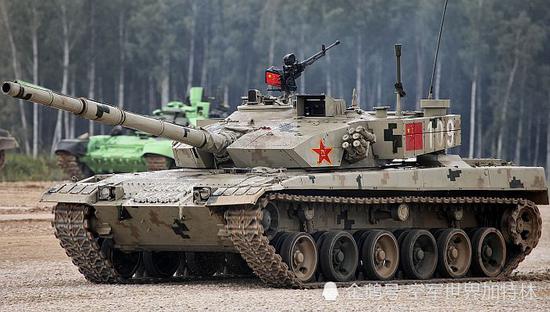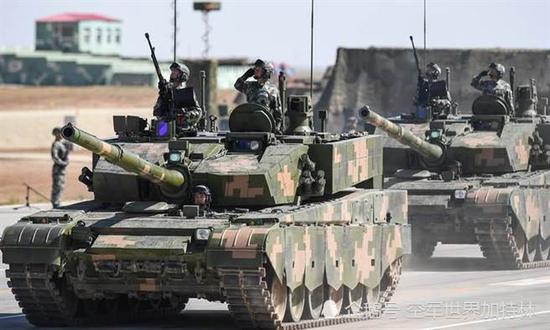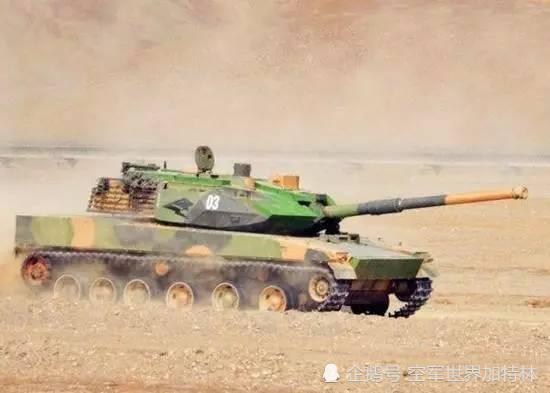http://www.politifact.com/virginia/...-says-chinas-submarine-fleet-will-double-uni/
Forbes says China's submarine fleet will double United States' in a decade
By
Sean Gorman on Monday, May 2nd, 2016 at 12:00 p.m.
U.S. Rep. Randy Forbes says the Navy’s periscope is focusing far across the Pacific Ocean.
"They’re seeing the Chinese, that they’re going to have twice the number of submarines we have in just over a decade," Forbes, R-4th, said during a recent interview on "The John Fredericks Show," a Portsmouth-based radio program broadcast across Virginia.
Forbes long has called for strengthening the military. He’s chairman of the 21-member House Subcommittee on Seapower and Projection Forces, which oversees the Navy and Marine Corps. The Fourth Congressional District, which he has represented since 2001, has its population center in Chesapeake and Suffolk and relies on defense spending that supports the world’s largest naval base in Norfolk and nearby shipbuilding.
This year, Forbes is seeking election in the Second Congressional District, which is centered in Virginia Beach and also is home to naval installations. Forbes made the switch after court-ordered changes to his old district made it friendly to Democrats. He faces a June 14 Republican primary challenge from Del. Scott Taylor, a former Navy seal, and Pat Cardwell, a Virginia Beach attorney.
We wondered if Forbes is correct in saying that China’s submarine fleet will double that of the U.S. in slightly more than a decade. Hailey Sadler, the congressman’s communications director, pointed us to a series of reports about the U.S. and Chinese submarine fleets.
The U.S. submarine fleet
Sadler cited a March 17
report by the nonpartisan Congressional Research Service. It contains a table showing that in 2026, the U.S. submarine fleet is projected to have 47 general purpose boats - 45 attack subs and another two cruise missile subs.
That chart is the latest update of the Navy’s projected 30-year shipbuilding
plan. But the 47-sub estimate is a low figure, because it doesn’t count 14 ballistic missile submarines that can launch nuclear warheads. With those boats counted, the U.S. Navy projects it will have 61 subs in 10 years.
After that, the total number of subs is expected to drop to 58 in 2027; 55 in 2028; and 53 in 2029 and in 2030. Then, the size of the submarine fleet is expected rise again through most of the 2030s and beyond.
China’s submarine fleet
China is guarded about its military numbers, making it hard for analysts to quantify its submarine fleet. While Congress publicly debates the U.S. military budget every year, China decides its defense spending behind closed doors, said Todd Harrison, a senior fellow at the Center for Strategic and International Studies.
Still, there are some estimates about the size of China’s submarine fleet now and into the near future.
Sadler said Forbes was referring to 2015
comments by James Fanell, a retired U.S. Navy captain. An article in Defense News quoted Fanell as saying that during the next 15 years, China’s submarine fleet would expand to 99 vessels. It should be noted that Fannell, a year earlier, was
fired from his post as the Pacific Fleet’s director of intelligence and information for making unauthorized statements accusing China of preparing for a possible attack on Japan.
Forbes’ office also pointed to estimates of China’s submarine fleet that appeared in a second Congressional Research Service
report released in March. The research service noted that an analysis by the U.S. Office of Naval Intelligence shows that China’s total submarine fleet -- mostly attack boats and a handful of ballistic missile subs - was 66 to 75 in 2015. In 2020, it’s expected to be 69 to 78 submarines. If that growth rate of three more subs over a five-year period was to continue till 2026, then China would have about 72 to 81 submarines that year, Sadler said.
The Department of Defense, meanwhile, has said that by 2020, China’s submarine force would grow to 69 to 78 submarines.
Forbes’ office focuses on the high-side estimate of 81 extrapolated from Congressional Research Service figures and the 99-sub estimate that Fanell cited.
"The U.S. Navy projects it will have 47 submarines. Twice that is 94 - which is the middle ground between the figures projected by the Congressional Research Service and the Pacific Fleet’s former chief intelligence officer, rendering Congressman Forbes’ assessment an accurate projection," Sadler said.
As we noted previously, the 47-submarine figure for the U.S. doesn’t take into account ballistic missile subs - which are included in the projections of China’s strength that Forbes cited. By the late 2020s, the number of all U.S. submarines would drop to 53, and if you double that figure it would outpace slightly the high-side estimate of 99 submarines Fanell cited. But other projections in the Congressional Research Service report show China’s submarine force could be lower than that about 10 years from now.
We ran Forbes’ statement by Bryan Clark, a senior fellow at the Center for Strategic and Budgetary Assessments, a Washington-based think tank that examines national security and defense spending issues.
Clark estimated that between 2025 and 2030, China will have 80 to 100 submarines. With the U.S. having more than 50 submarines at that time, Forbes’ numbers have validity, Clark said.
Beyond the numbers
But we need to consider more than numbers when comparing the two nations’ submarine fleets, Clark added. He noted all U.S. subs are nuclear-powered, while China’s fleet, in a decade, still will contain many diesel-powered vessels.
"It is notable, however, that all of the U.S. submarines are highly capable of long endurance, whereas about half of China’s submarine fleet will be non-nuclear submarines best suited for regional operations close to home," Clark wrote in an email.
Harrison, the analyst at the Center for Strategic and International Studies, told us that nuclear subs can stay submerged for months, while diesel subs have to surface periodically to recharge their batteries.
One of the Congressional Research Service reports that Forbes cites cautions against using ship numbers to compare the naval strength of nations.
"The potential for obscuring differences in the capabilities of ships of a given type is particularly significant in assessing relative U.S. and Chinese capabilities, in part because China’s navy includes significant numbers of older, obsolescent ships," the Congressional Research Service wrote. "Figures on total numbers of Chinese submarines, destroyers, frigates, and coastal patrol craft lump older, obsolescent ships together with more modern and more capable designs."
On the other hand, the report notes that the U.S. Navy has global responsibilities and that many ships are based in on the Atlantic coast, meaning the American fleet would be strained to respond to a conflict near China.
Our ruling
Forbes said that in just over a decade, China will have twice the number of submarines as the U.S.
The congressman has a point in that, in sheer numbers of subs, China’s fleet is expected to increase during the next 14 years as the U.S. submarine force is scheduled to decline.
China is close-mouthed about its military plans, and the U.S. doesn’t know exactly how many subs that nation will have in 10 years or more. Defense analysts have made projections that vary between 80 and 100 Chinese subs.
Forbes relies on the very highest of these wide-ranging projections to state as fact that China will double the U.S. fleet. We should point out that even if China built up to 100 subs by 2030, it still would not quite double the 53-submarine fleet the U.S. Navy has planned for that year.
Forbes’ statement also glosses over major differences between the nations’ subs. The U.S. fleet is entirely nuclear-powered and capable of long underwater deployments far from home. Most of the Chinese fleet, in a decade, still will be diesel-powered and designed for relatively shorter assignments in regional waters.
So Forbes’ statement contains has some accuracy but leaves out important details. We rate it Half True.
